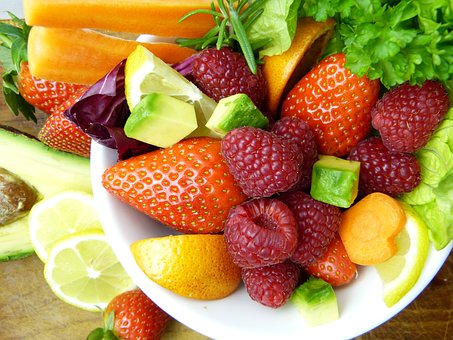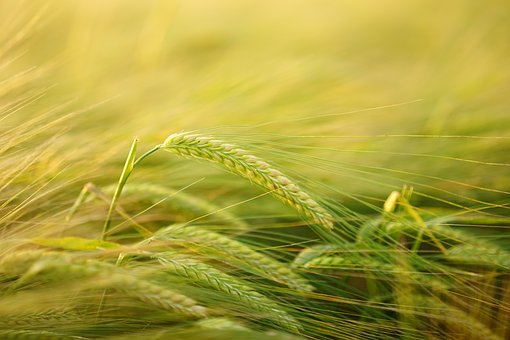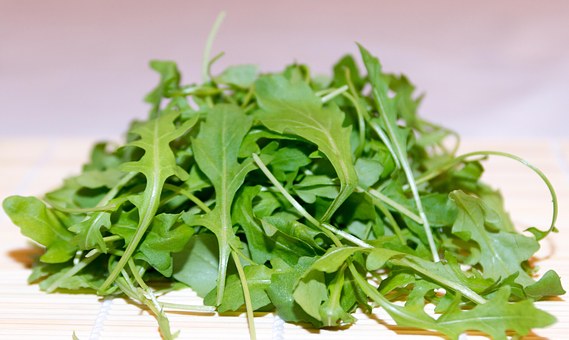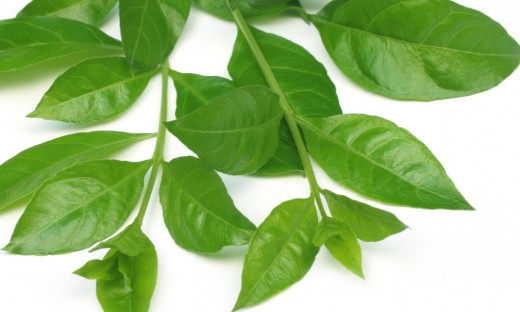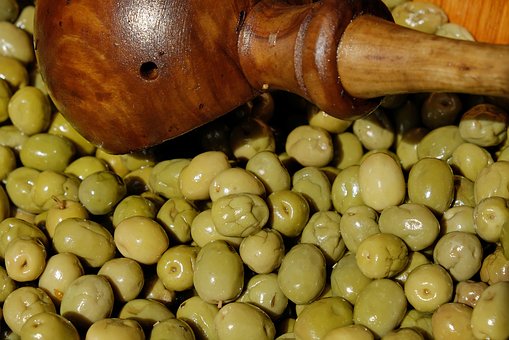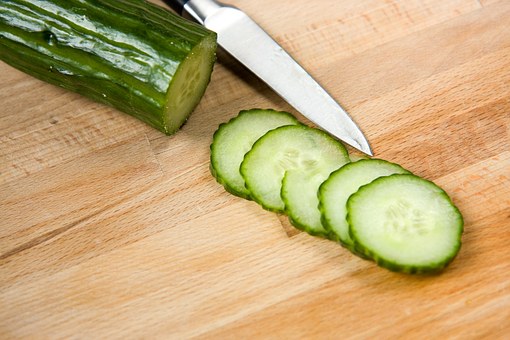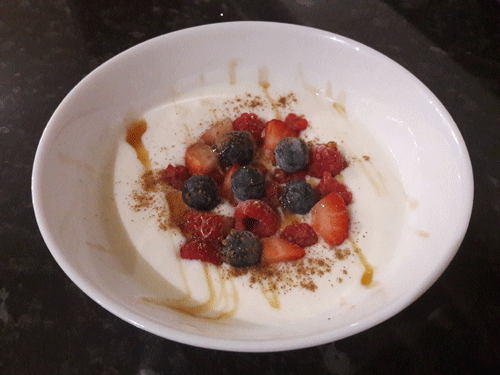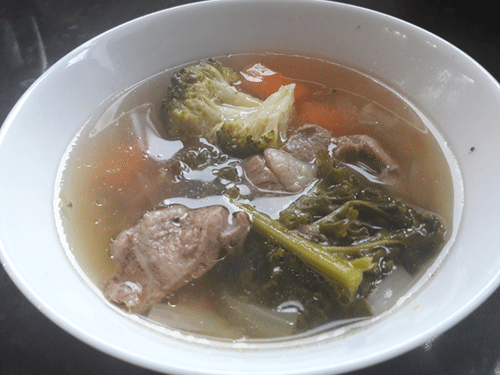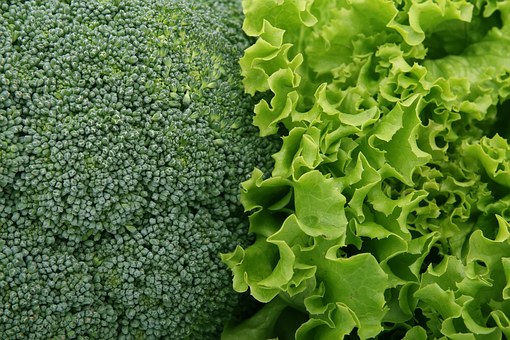Romaine Lettuce: An Excellent Source of Vitamin C
© HealthyMuslim. See Terms and Conditions
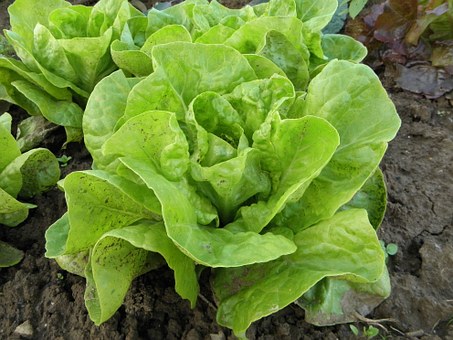
This salad vegetable has deep green, long leaves with a crisp texture and a stronger flavor than iceberg lettuce, and is more tender and sweeter than other lettuce varieties. Like all lettuces, it has a low-calorie content and high water volume.
In addition to its high Vitamin C content, romaine lettuce is also an excellent source of Vitamin A. Research has shown that to absorb maximum Vitamin A from this salad leaf, it should be combined with a fat, such as olive oil from salad dressing.
Romaine lettuce is also a rich source of folic acid, and contains phosphorus, potassium and fiber. Phytochemically, this form of lettuce is a good source of lutein and zeaxanthin - these phytochemicals are important antioxidants that battle many diseases. Romaine lettuce also contains a significant amount of lactucaxanthin, which is a rare dietary carotenoid that was found to suppress the Epstein-Barr virus, one of the most common viruses in humans.
Health Benefits
Macular Degeneration
Romaine lettuce is rich in lutein and zeaxanthin, which are carotenoids found naturally in the eye that fight age-related macular degeneration, the leading cause of irreversible vision loss in the elderly.
Weight Maintenance
In a study conducted in the US, it was found that starting off a meal with a low-calorie salad gave a sense of fullness and reduce subsequent calorie intake, which may be an effective way for managing weight.
Reduced Inflammation
Salicylic acid, a main compound found in aspirin, which is used to treat inflammation, has been found in romaine lettuce. Salicylic acid is a cyclooxygenase-2 (COX-2) inhibitor, a key enzyme involved in inflammation, certain cancers, and the promotion of heart disease.
Tips for Using Lettuce
- Look for lettuce with large, darker-green, unwilted outer leaves, as the darker the leaves, the more nutrients they contain.
- Store lettuce and other salad vegetables in the refrigerator, where they should keep for up to ten days.
References
- Brown MJ et al. Carotenoid bioavailability is higher from salads ingested with full-fat than with fatreduced salad dressings as measured with electrochemical detection. Am J Clin Nutr. 2004 Aug;80(2):396-403.
- Batra KK, Wagner JR, Stokstad EL. Folic acid compounds in romaine lettuce. Can J Biochem. 1977 Aug;55(8):865-8.
- Mozaffarieh M, Sacu S, Wedrich A. The role of carotenoids, lutein and zeaxanthin, in protecting against age-related macular degeneration: A review based on controversial evidence. Nut J. 2003;2:20-28.
- Rolls Bj, Roe LS, Meengs JS. Salad and satiety: energy density and portion size of a first-course salad affect energy intake at lunch. J Am diet Assoc. 2004; 104: 1570-1576.
- Ingster LM, Feinleib M. Could salicylates in food have contributed to the decline in cardiovascular disease mortality? A new hypothesis. Am J Public health.. 1997;87:1554-1557.
- Paterson JR, Lawrence JR. Salicylic acid: a link between aspirin, diet and the prevention of colorectal cancer. QJM. 2001;94:445-448.
Link to this article: Show: HTML Link • Full Link • Short Link
Share or Bookmark this page: You will need to have an account with the selected service in order to post links or bookmark this page.





|
Related Articles:
Add a Comment
You must be registered and logged in to comment.
Most Popular
Latest Articles
Popular Subjects
Health, fitness and longevity
Based upon the principles of health
in the Qur'an and Prophetic Traditions.
HealthyMuslim.Com
There are two bounties in which
most people lose out: good health
and free time. Al-Bukhari.





